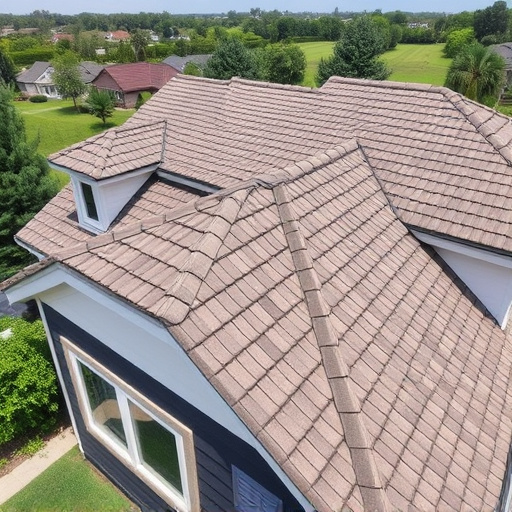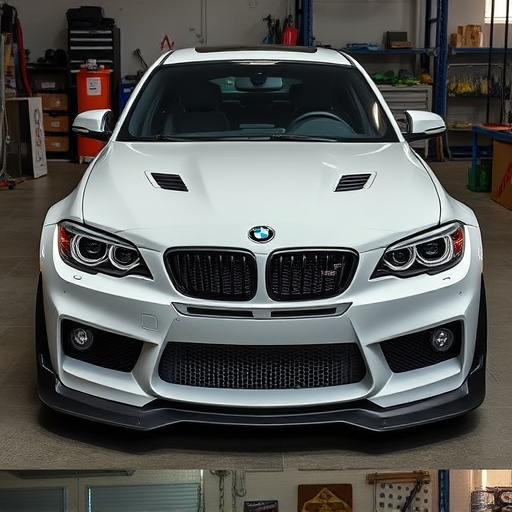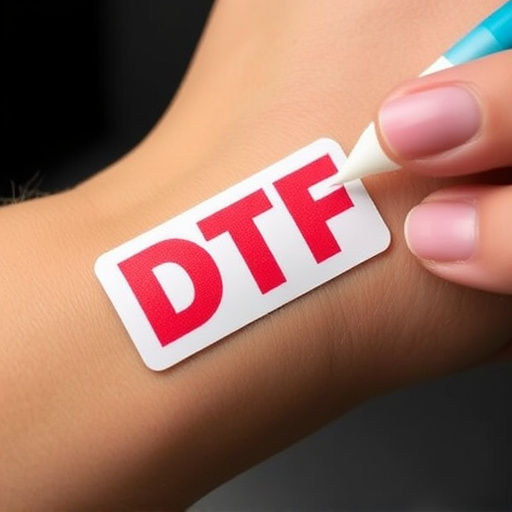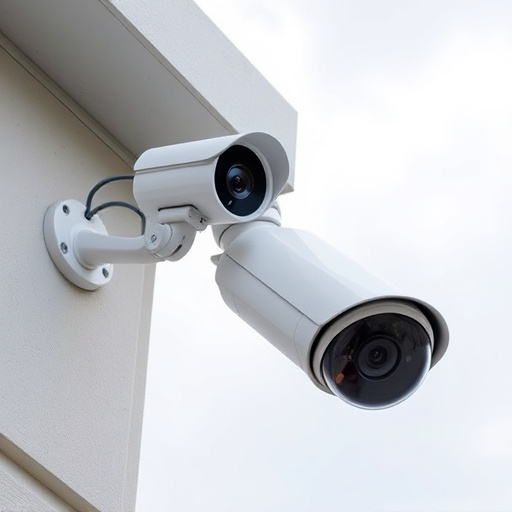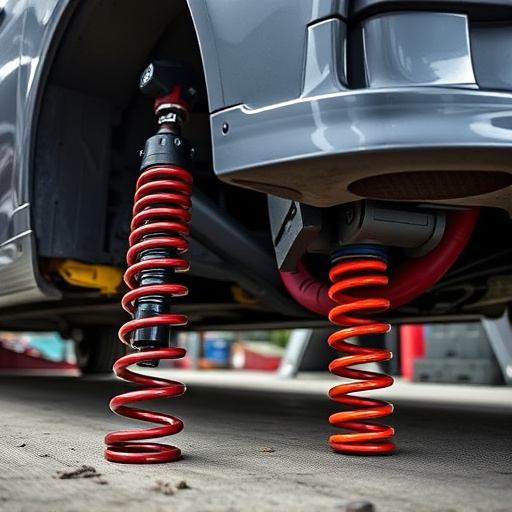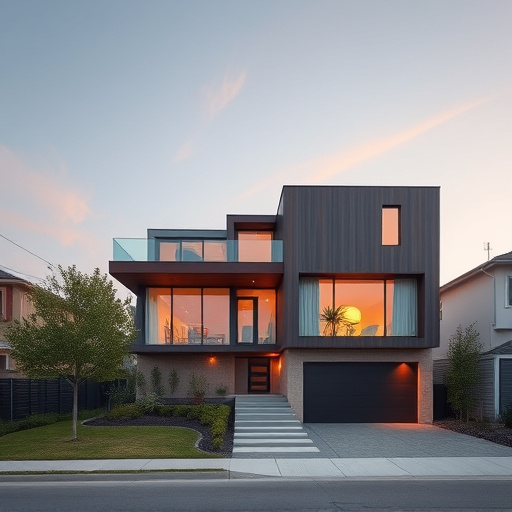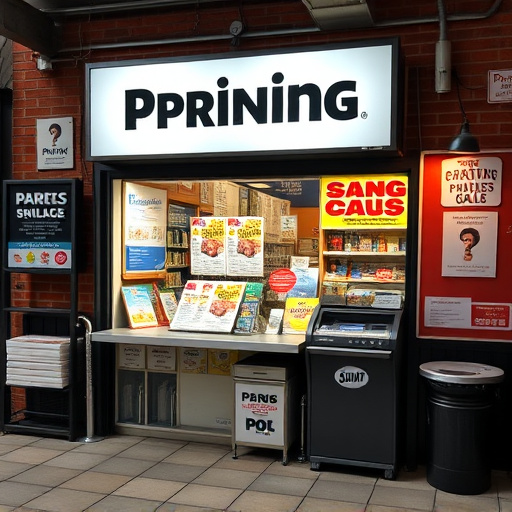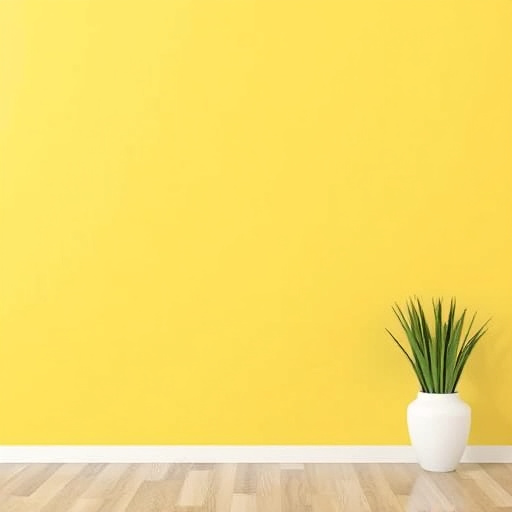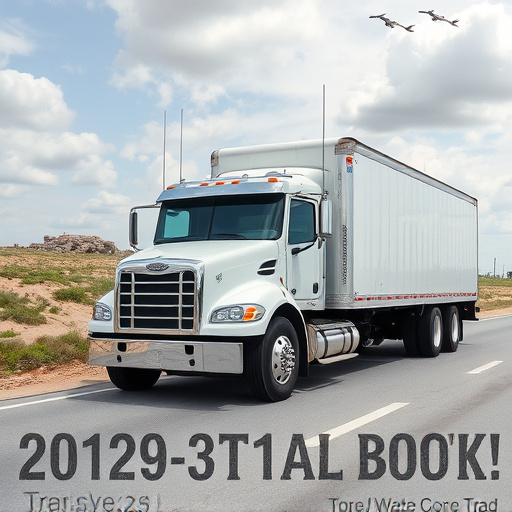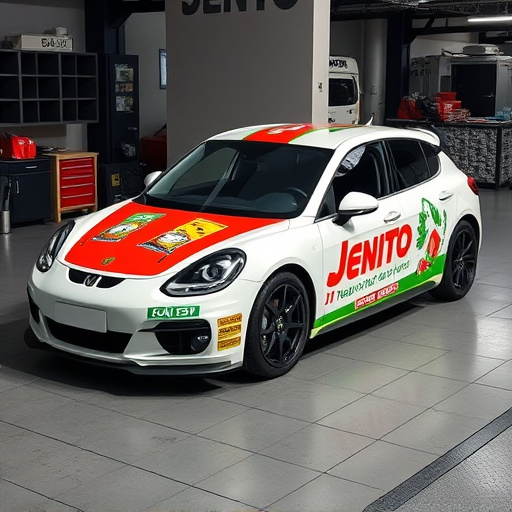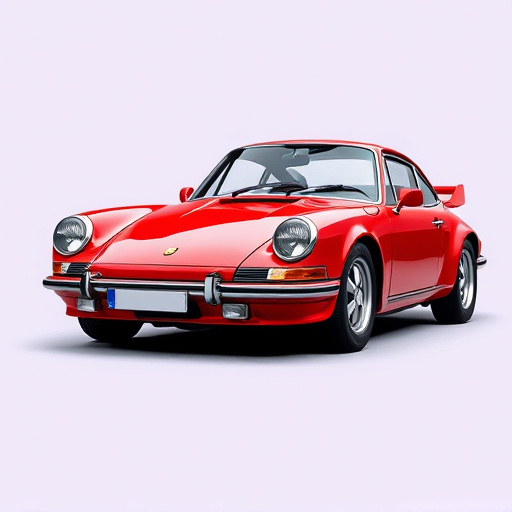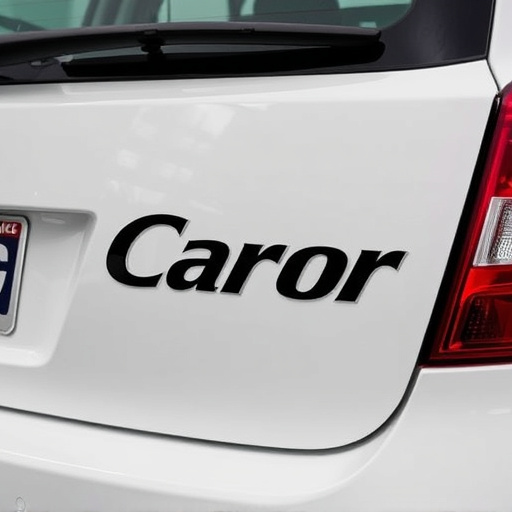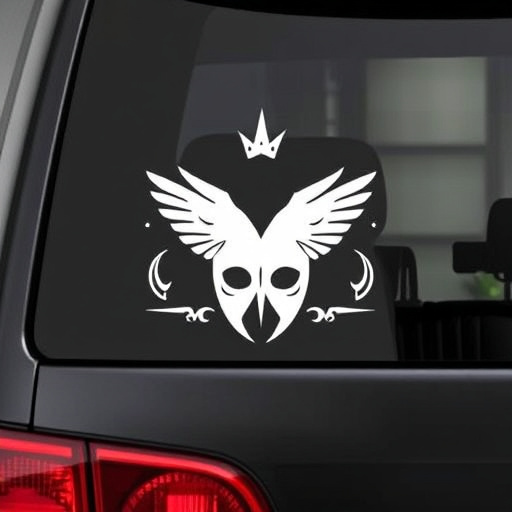Choosing paper for brochure design printing is key to visual appeal and durability. Different finishes, textures, and weights cater to various purposes, from glossy for marketing to matte for informative brochures. Coated papers offer scratch protection and color retention, ideal for outdoor use. Heavier papers feel premium, while lighter options are budget-friendly. Right paper selection enhances the overall look and longevity of printed brochures.
Choosing the right paper for your brochure design printing is essential for making a lasting impression. This guide will walk you through the process, helping you navigate the various paper types available and select the perfect fit for your marketing materials. We’ll explore different paper choices, discuss factors influencing your decision, and provide valuable tips to ensure your brochures are visually appealing and professionally printed.
- Understanding Paper Types for Brochures
- Factors Affecting Paper Choice
- Tips for Selecting the Best Paper for Printing
Understanding Paper Types for Brochures
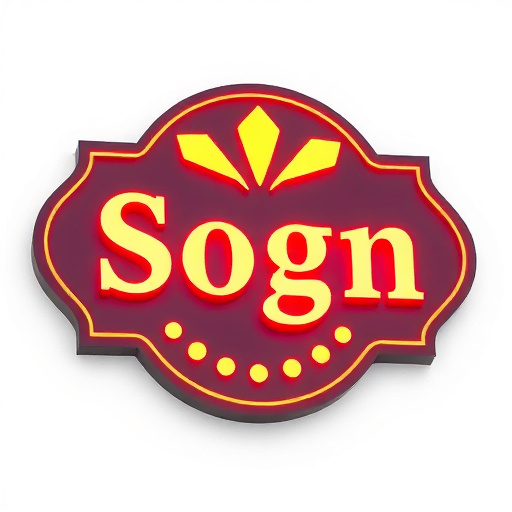
When it comes to brochure design printing, choosing the right paper is key to making a lasting impression. Understanding paper types allows you to match the aesthetic and functionality of your brochure with its intended purpose. For instance, glossy papers offer vibrant colors and a sleek finish, perfect for showcasing high-end services like premium automotive care or paint correction treatments. On the other hand, matte papers provide a subtle, professional touch, ideal for more conservative or informative brochures.
Textured papers add a layer of depth and tactile appeal, while recycled papers are an eco-friendly choice for businesses aiming to reduce their environmental footprint. Consider scratch protection as well; coated papers can enhance durability, ensuring your brochure looks as good on the last page as it did when it was new. These paper types cater to various design needs, whether you’re emphasizing visual appeal or prioritizing longevity and sustainability in your brochure design printing.
Factors Affecting Paper Choice
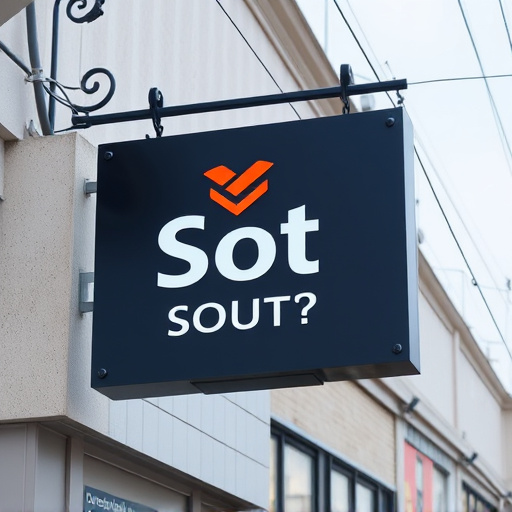
When choosing paper for brochure design printing, several factors come into play. The first and perhaps most obvious consideration is the intended use of the final product. Different papers cater to various purposes; for instance, a high-gloss finish might be ideal for showcasing products in retail settings or as part of marketing displays, enhancing visual appeal with its reflective properties. In contrast, a matte finish could be more suitable for brochures distributed at events or conferences, ensuring readability without reflectivity.
Additionally, the paper’s durability and texture play a significant role in brochure design printing. For instance, heavier papers offer better protection against wear and tear, making them ideal for vehicles wrapped with vinyl or as part of outdoor campaigns where brochures must withstand varying weather conditions. UV protection is another critical aspect, especially when integrating these printed materials into vehicle enhancement packages, ensuring vibrant colors remain intact over time.
Tips for Selecting the Best Paper for Printing
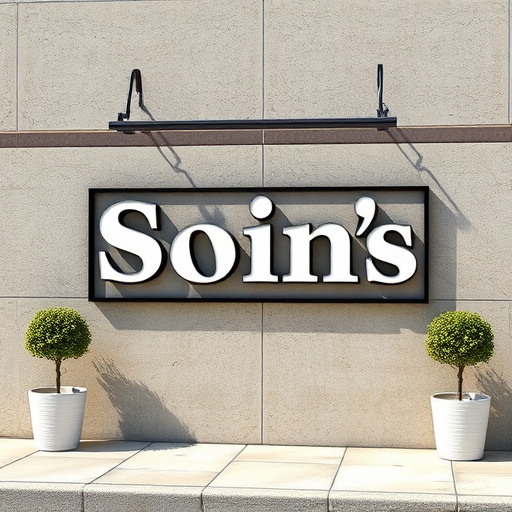
When choosing paper for brochure design printing, consider the material’s weight and texture. Heavier papers like 300gsm or more offer a premium feel, enhancing the visual appeal of your brochures. Lighter options, around 200-250gsm, are more cost-effective but may not make the same impression. The finish also plays a role; glossy paper makes designs pop, ideal for showcasing products or services visually, while matte finishes offer a subtle elegance suitable for text-heavy brochures.
For durability, consider coated papers that provide better color retention and protection against moisture and stains. This is particularly important if your brochures will be handled frequently or exposed to elements, such as in outdoor distributions or vehicle wraps (similar to paint protection film and professional PPF installation). Selecting the right paper can significantly impact the overall look and longevity of your printed materials.
When choosing paper for your next brochure design printing project, consider the unique needs of your content and target audience. By understanding various paper types, evaluating factors like texture, color, and sustainability, and applying expert tips, you’ll select the ideal paper to enhance your brochure’s visual appeal and achieve your desired impact.
